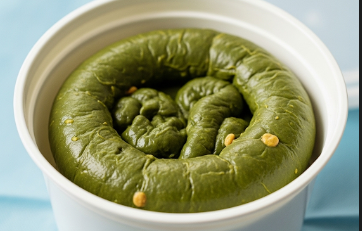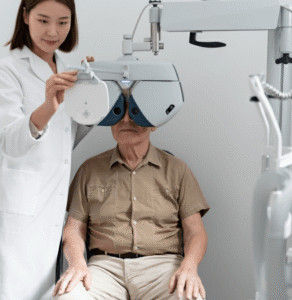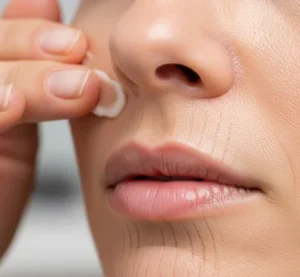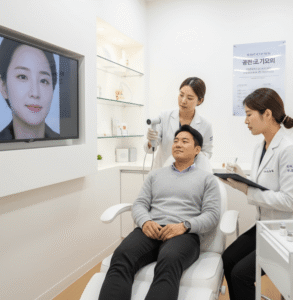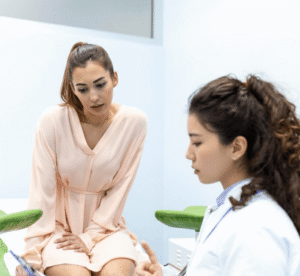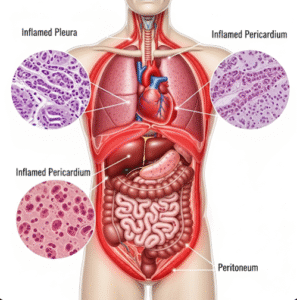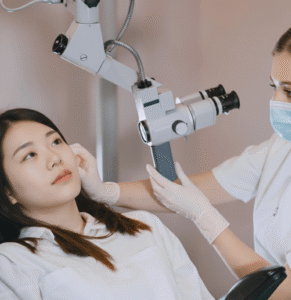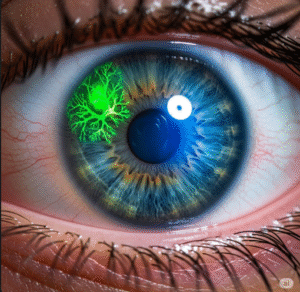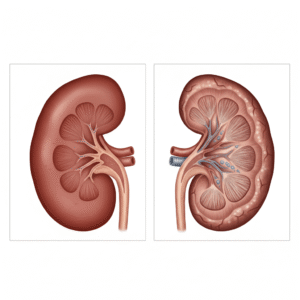Overview
Green stool is a noticeable change in bowel movement color, where the feces appear green instead of the typical brown. While often harmless, it can sometimes indicate dietary factors, infections, digestive disorders, or medical conditions.
Stool color changes are usually related to bile pigment, digestive speed, or the foods and supplements consumed. Green stool can appear in individuals of any age, from infants to adults. Although often temporary and benign, persistent or severe green stool may require medical evaluation to rule out underlying disorders.
South Korea provides advanced gastroenterology care, diagnostic testing, and treatment options, allowing precise identification of the cause and appropriate management.
Key Facts
➲ Green stool is caused by diet, rapid transit of stool, medications, or infections.
➲ Common in children and adults, usually temporary and harmless.
➲ Persistent green stool may indicate digestive or gastrointestinal issues.
➲ May be accompanied by diarrhea, abdominal pain, or nausea depending on the cause.
➲ In Korea, stool tests, endoscopy, and lab investigations help determine the underlying reason.
➲ Early evaluation is recommended if green stool is persistent, recurrent, or associated with other symptoms.
What is Green Stool?
Green stool refers to bowel movements that have a green coloration instead of the normal brown. The color of stool is influenced primarily by bile, a greenish-yellow fluid produced by the liver to aid in digestion.
When stool passes through the intestines too quickly, bile may not break down completely, resulting in green stool. Certain foods (spinach, green vegetables, artificial colorings) and supplements (iron tablets) can also cause this change.
Green stool can be temporary and harmless or indicative of underlying gastrointestinal conditions, depending on its duration and associated symptoms.
What Symptoms Are Related to Green Stool?
Green stool can appear alone or with additional gastrointestinal signs:
➲ Diarrhea – often watery and frequent.
➲ Abdominal cramping or discomfort.
➲ Nausea or vomiting if infection is present.
➲ Fever in cases of bacterial or viral infection.
➲ Unusual odor of stool in infections or malabsorption conditions.
➲ Fatty or oily stool in malabsorption disorders.
➲ Changes in bowel habits (frequency, consistency).
What Causes / Possible Causes
Green stool can result from a variety of factors, ranging from dietary causes to serious medical conditions:
1. Dietary Causes
➲ Consuming large amounts of green vegetables (spinach, kale).
➲ Foods with artificial green coloring, like candies or drinks.
➲ Iron supplements or multivitamins.
2. Rapid Transit / Digestive Causes
➲ Diarrhea accelerates stool passage, preventing bile breakdown.
➲ Irritable bowel syndrome (IBS) can cause changes in stool color and consistency.
3. Infections
➲ Bacterial infections (Salmonella, E. coli) causing diarrhea and green stool.
➲ Viral gastroenteritis (“stomach flu”).
➲ Parasitic infections leading to digestive disturbances.
4. Medical Conditions
➲ Malabsorption syndromes such as celiac disease or Crohn’s disease.
➲ Bile acid malabsorption disorders.
➲ Liver or gallbladder disorders affecting bile flow.
➲ Antibiotic-associated diarrhea altering gut flora.
5. Other Causes
➲ Stress or anxiety affecting gut motility.
➲ Recent bowel surgery or medical procedures affecting digestion.
When Should I See My Doctor?
While green stool is often harmless, medical attention is warranted in the following situations:
➲ Persistent green stool for more than a few days.
➲ Associated abdominal pain, diarrhea, or vomiting.
➲ Presence of blood, black stool, or mucus.
➲ Unexplained weight loss, fever, or fatigue.
➲ Infants or young children with persistent green stool, especially with poor feeding or irritability.
➲ Recurrent episodes indicating potential malabsorption, infection, or liver/gallbladder disease.
Prompt evaluation helps prevent complications and ensures appropriate treatment.
Care and Treatment
Treatment depends on the underlying cause of green stool:
1. Dietary Adjustments
➲ Reduce or avoid foods with strong green coloring if they are the cause.
➲ Maintain hydration during diarrhea.
➲ Gradually reintroduce normal diet after infection-related diarrhea.
2. Medications
➲ Antibiotics for bacterial infections if confirmed by stool testing.
➲ Antispasmodics for IBS-related gut disturbances.
➲ Probiotics to restore healthy gut microbiota.
➲ Medications to manage bile acid malabsorption or chronic digestive conditions.
3. Medical Procedures
➲ Endoscopy for evaluation if malabsorption, inflammatory bowel disease, or bile-related disorders are suspected.
➲ Lab tests including stool culture, parasitology, and blood tests for diagnosis.
4. Supportive Care
➲ Maintain hydration and electrolyte balance.
➲ Monitor stool color and consistency.
➲ Keep a food and symptom diary to identify triggers.
Treatment Options in Korea
South Korea offers advanced gastroenterology care and diagnostic technology to identify the causes of green stool accurately.
Diagnosis in Korea
➲ Stool testing for infection, parasites, and inflammation markers.
➲ Blood tests to evaluate liver function and nutrient absorption.
➲ Endoscopy or colonoscopy for structural or inflammatory bowel conditions.
➲ Imaging (ultrasound, CT) to check liver, gallbladder, or pancreas if bile issues are suspected.
Medical Treatments in Korea
➲ Prescription medications for infections, bile acid malabsorption, or chronic gastrointestinal disorders.
➲ Probiotic therapy and nutritional counseling.
➲ Personalized treatment plans combining diet, medication, and lifestyle changes.
Surgical and Advanced Therapies
➲ Laparoscopic surgery for bile duct or gallbladder disorders.
➲ Minimally invasive interventions for gastrointestinal obstructions or chronic inflammatory conditions.
➲ Advanced therapies for malabsorption or liver disease when needed.
Rehabilitation and Support
➲ Ongoing follow-up for chronic gut disorders.
➲ Diet and lifestyle management programs to prevent recurrence.
➲ Multidisciplinary care combining gastroenterology, nutrition, and patient education.
Quick Highlights Box
➲ Green stool is often temporary and caused by diet, rapid transit, or medications.
➲ Persistent or symptomatic green stool may indicate infection, malabsorption, or liver/gallbladder disease.
➲ Symptoms may include diarrhea, abdominal pain, nausea, or vomiting.
➲ Korea offers advanced diagnostics, lab testing, endoscopy, and specialized gastroenterology care.
➲ Treatment depends on the cause and may involve diet modification, medications, probiotics, or surgery.
➲ Early medical evaluation ensures proper management and prevents complications.

